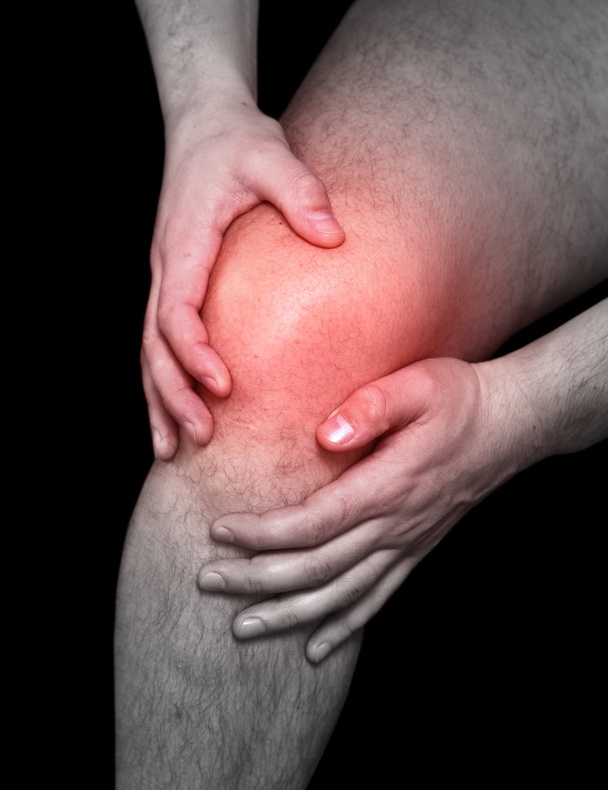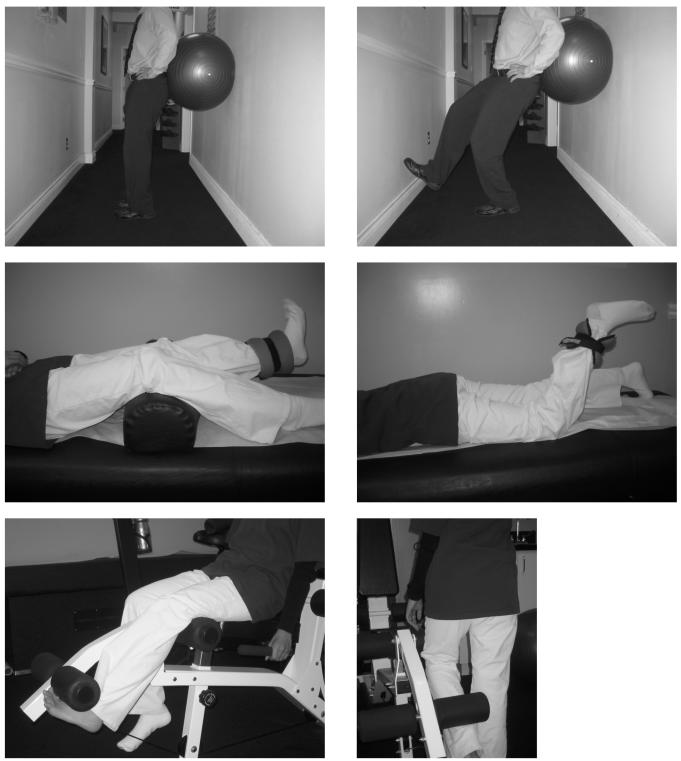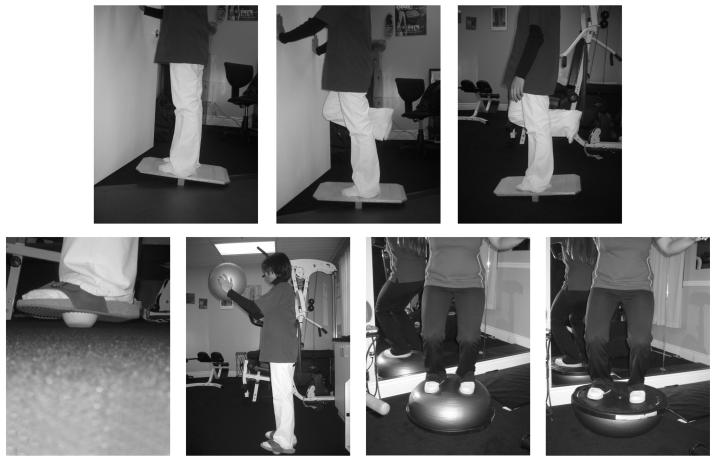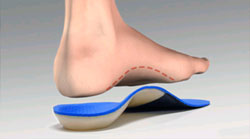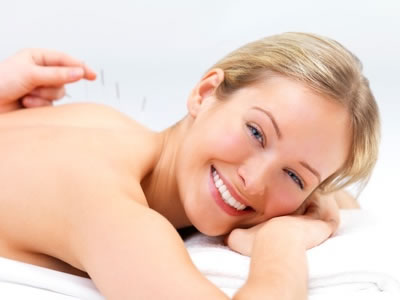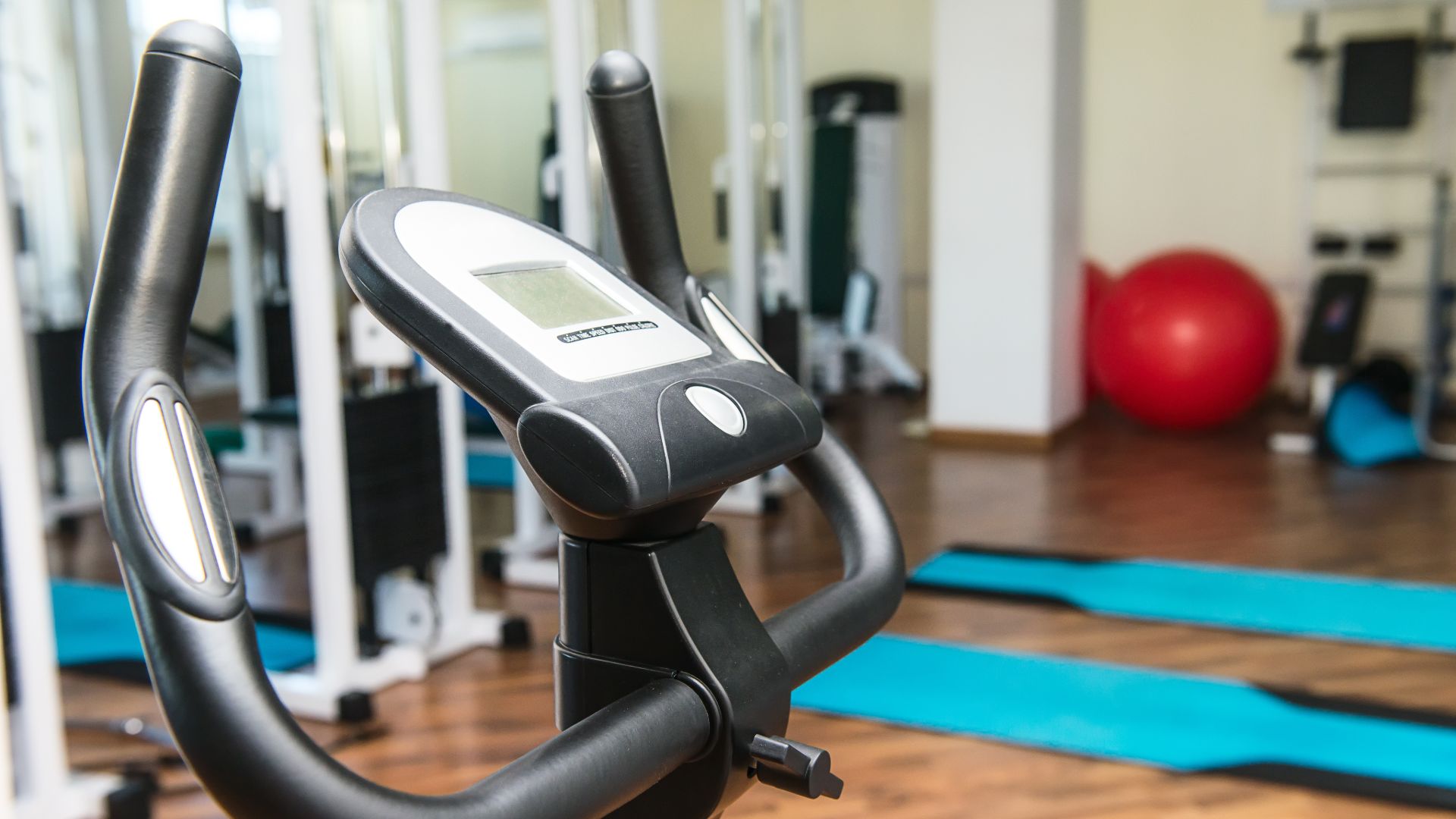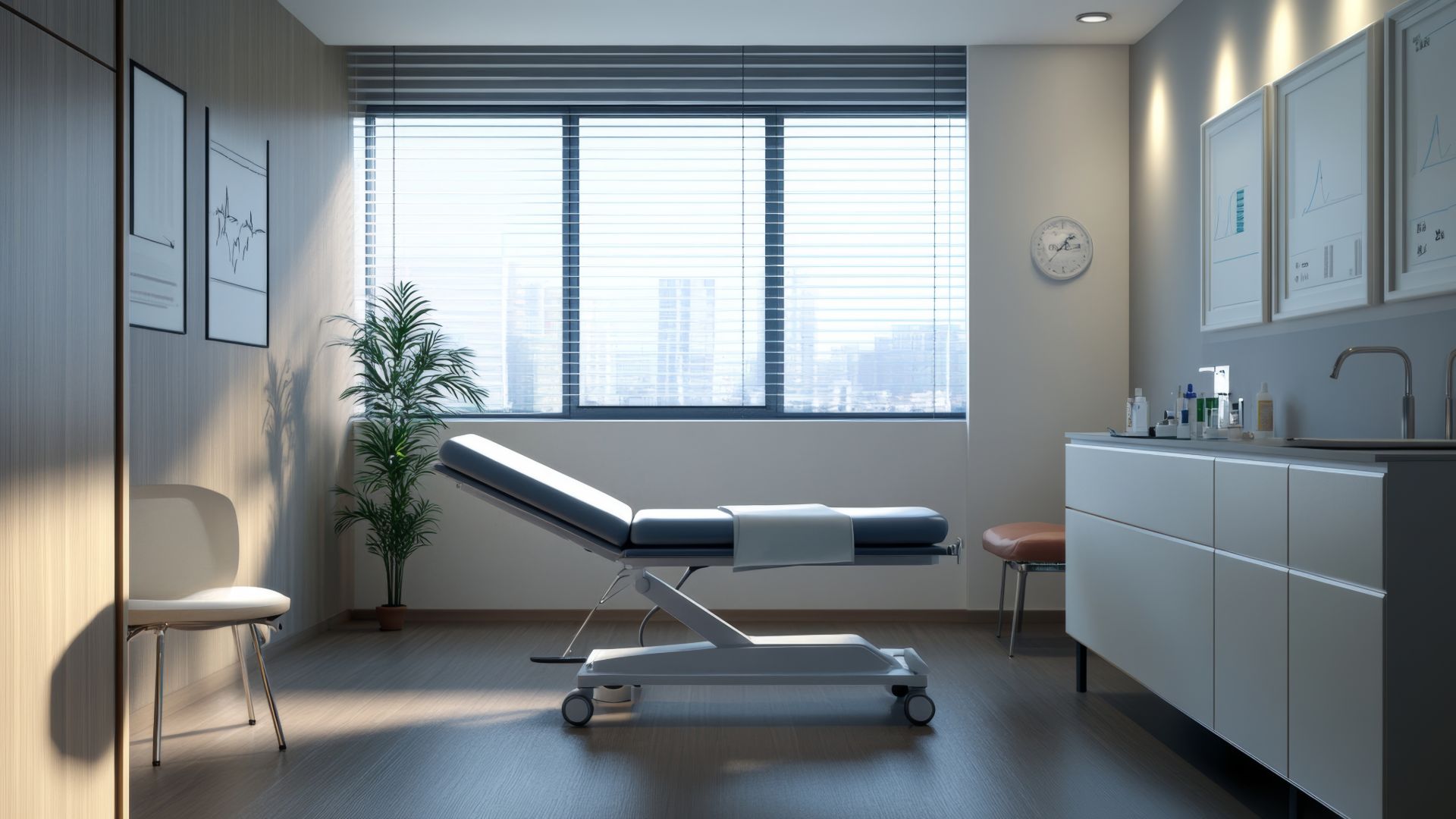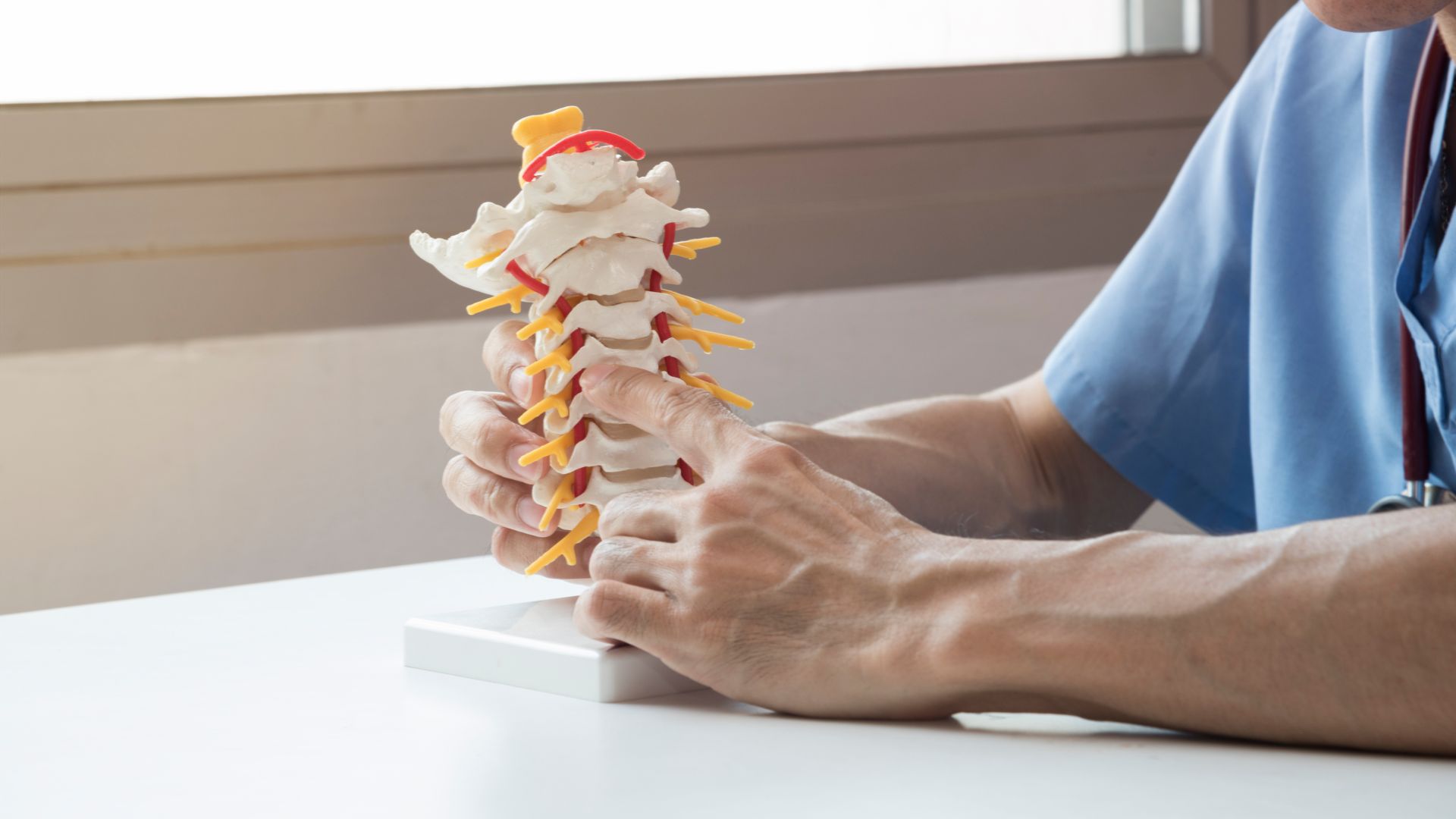When you google knee pain or injuries a list of different conditions show up. Anterior cruciate ligament (ACL), posterior cruciate ligament (PCL), medical meniscus and lateral meniscus tear. Yours truly was involved in a soccer injury in 2010 in which I torn my ACL by 90% as well as medial and lateral meniscus. For this injury I had ACL reconstruction surgery. So I am familiar with knee pain and injury. In my clinical experience although there are many reasons for knee injuries such as torn ligaments and fractures, the common injury is usually due to some kind of degeneration. This includes patients that have no real known injury or major accidents. As we get older our knees start to hurt. At first most people ignore this pain and use over-counter medications. The most common over-counter medications include nonsteroidal anti-inflammatory drugs (NSAIDs) such as naproxen (Aleve or Naprosyn) and ibuprofen (Advil or Motrin) as well as Acetaminophen (Tylenol). Please note that NSAIDS have side-effect such as stomach ulcers, high blood pressure and kidney damage. Too much Tylenol can lead to liver dysfunction. A lot of my patients take these medications without realizing the side-effects. Some also opt for Cortisone Injections. This can reduce the pain, but once again this is a medication and therefore has side-effects Tendon Rupture if used too many times. Physiotherapy should be one of the first lines of treatment for the knee. The physiotherapy of the knee includes using modalities such as electrotherapy, ultrasound and laser to reduce inflammation.
Later exercises can by used to strengthen the muscles around the knee such as quadriceps, hamstrings and hip muscles as well. These exercises could be as easy as during knee extension without and with weight, knee flexions, side steps, squats, lounges and balance training.
Above you can see wall squats using a gym ball as well as quadriceps and hamstring training. Advancing from 5 lbs in lying to 10 lbs in standing.
Progression of balance training; The patient is put on a rocker board while holding to the wall. In following visits the patient is asked to move away from the wall and balance with one leg only. Balance sandals and ball tossing is later introduced. A half ball can also be used for balance training.
I myself have very flat feet. This is called Pes Planus. I wear orthotics all the time. This helps me with keeping the bottom of my feet arched and therefore my knees in a proper position.
Acupuncture is also used on our clinic to reduce pain and swelling with the knees. This ancient Chinese technique brings the body’s attentions to the injured area and can cause much faster healing.
In some cases knee pain is originated from the lower back. In these cases where there is disc or nerve injury involved spinal decompression therapy can help. Look at the picture below. See the nerves that run from the lower back to the knee. At our clinic using 3D spinal decompression machine we can definitely assist with that, by pulling the discs back in to place.
In conclusion, get your knee check out. Do not take over counter medication for too long without consulting your health professional. Try physiotherapy, orthotics and exercises and if the pain is originating from the back try spinal decompression therapy.

